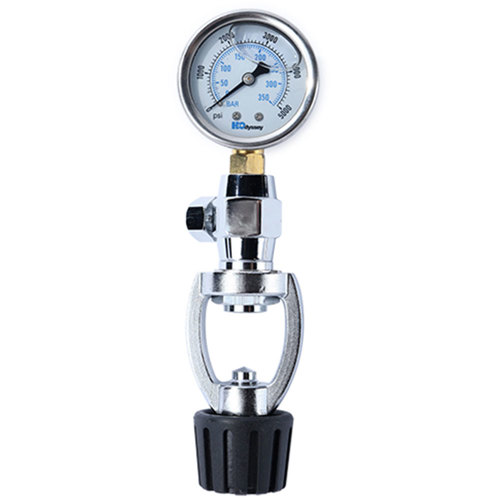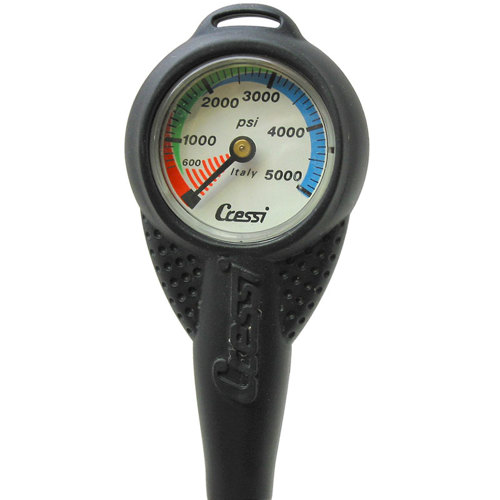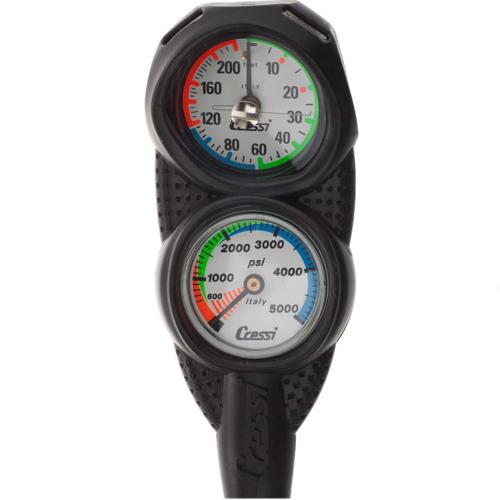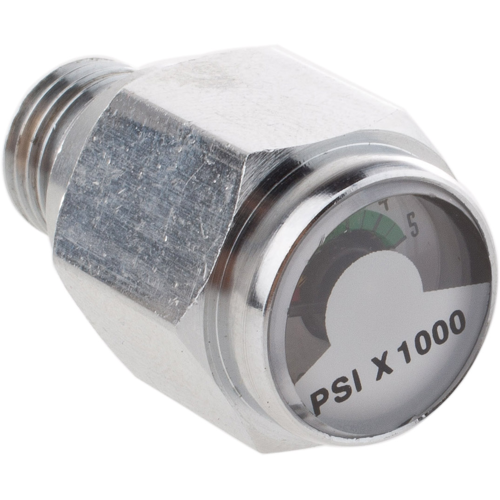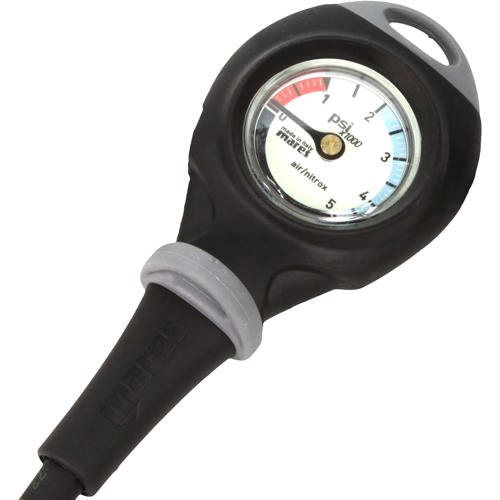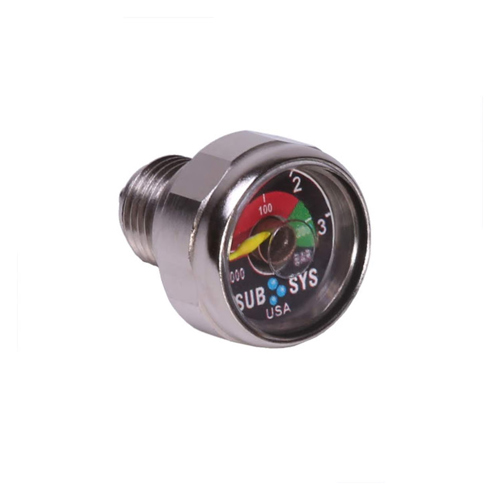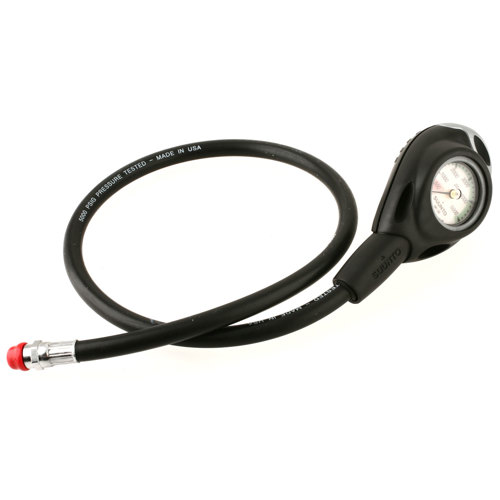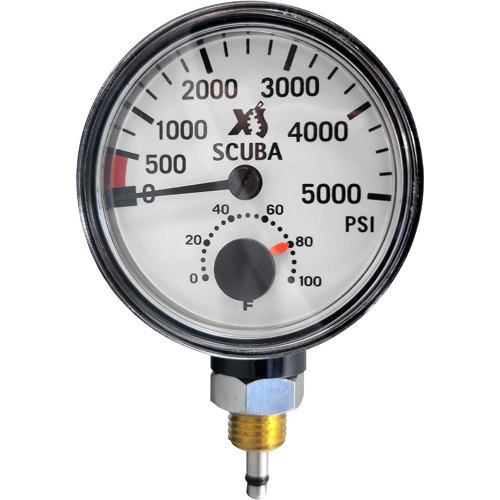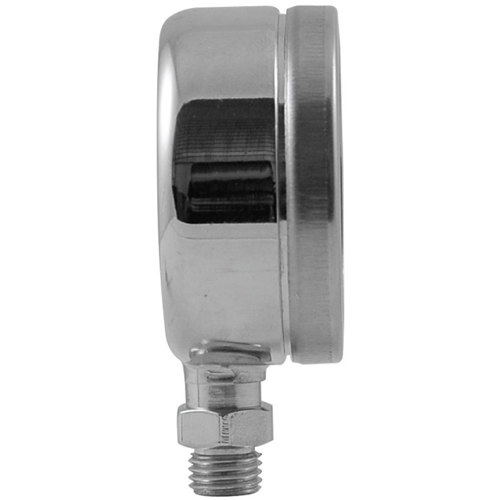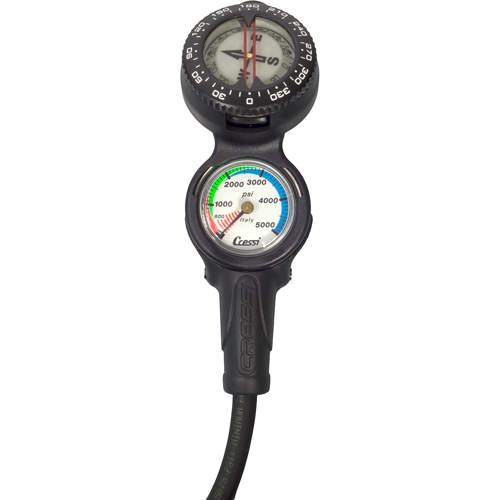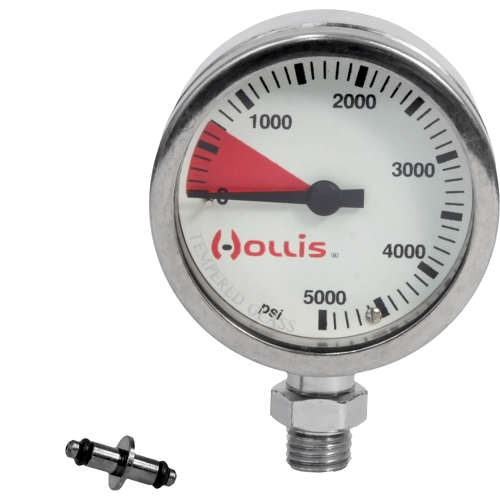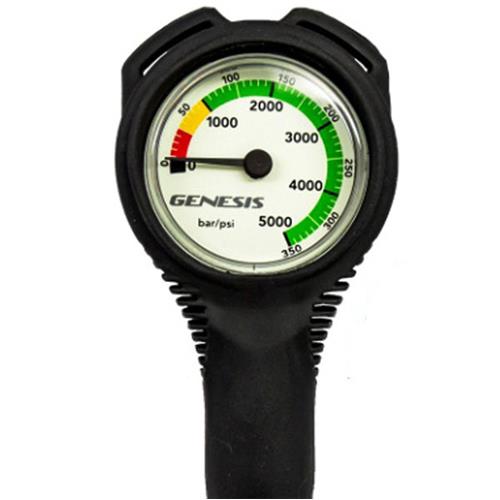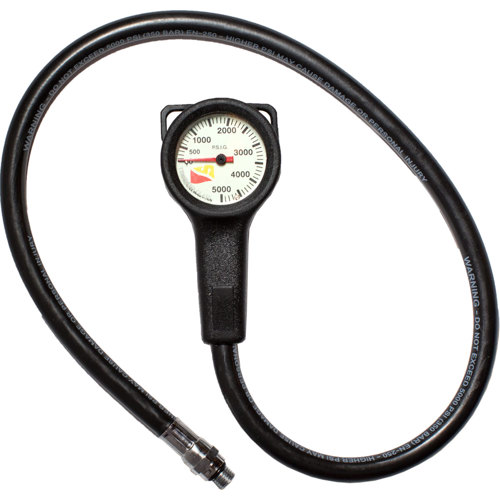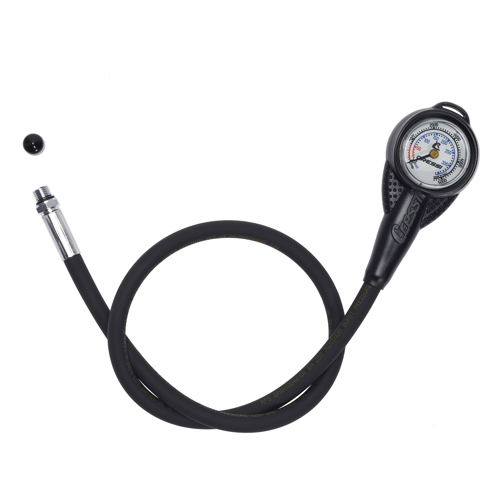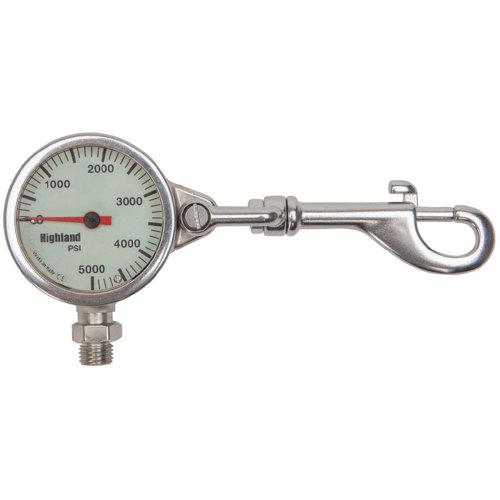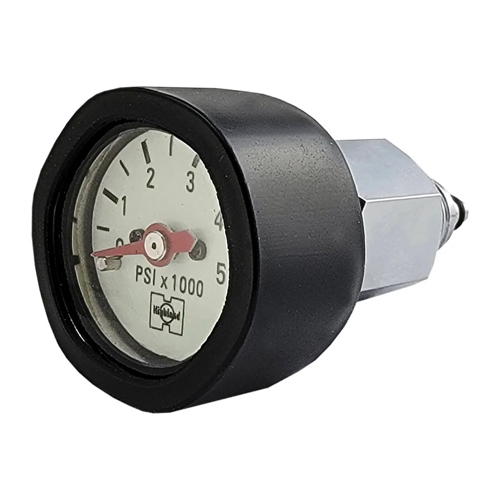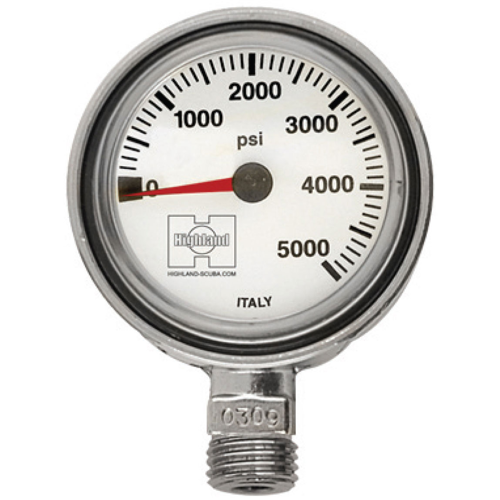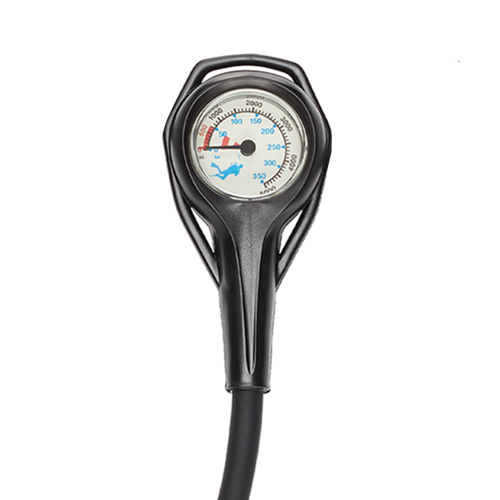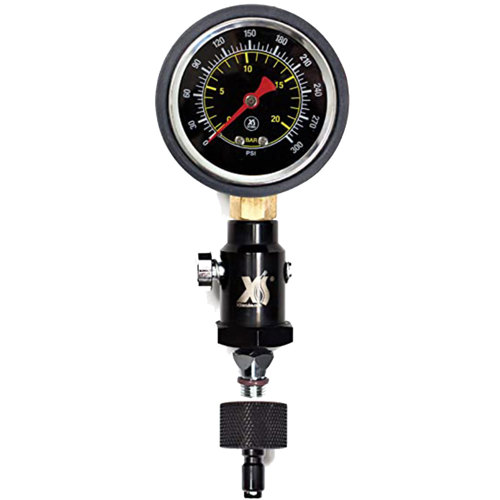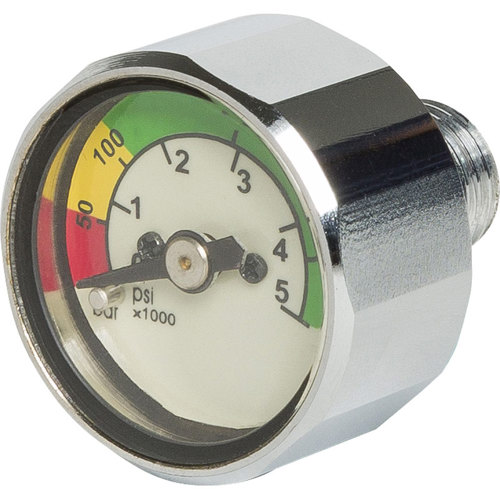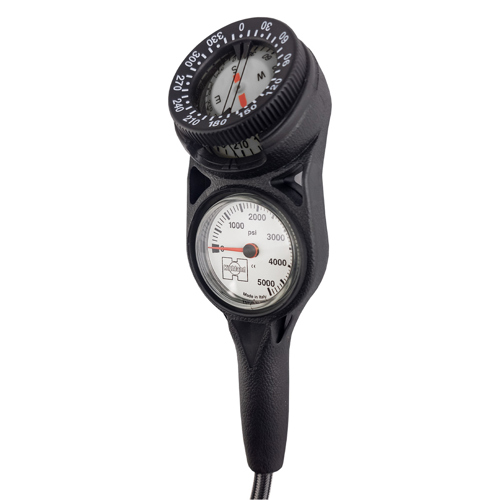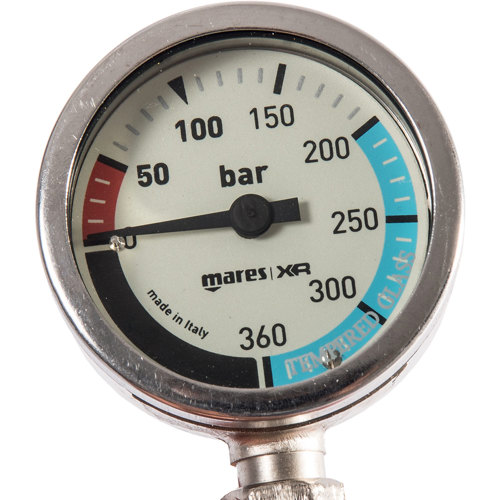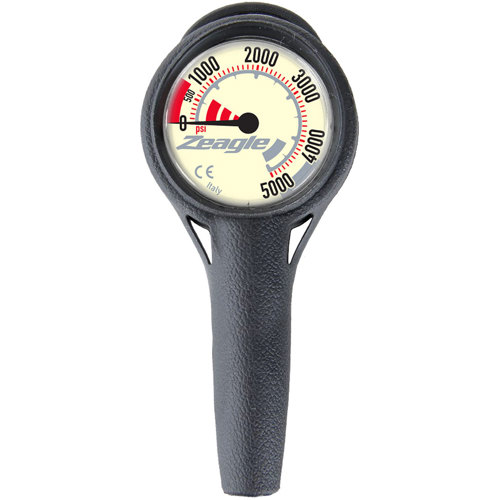When exploring the underwater world, the ability to accurately monitor and manage your dive tank pressure is essential for safety, comfort, and maximizing your time below the surface. Whether you’re a seasoned technical diver planning deep wreck explorations or a recreational enthusiast enjoying a tropical reef, understanding scuba tank pressure is at the heart of every dive. The pressure inside your scuba cylinder, measured in PSI or Bar, is what dictates how long you can stay underwater and how far you can venture from the surface. Most standard tanks are rated to a working pressure of 3,000 PSI (207 Bar), but tanks come in a range of ratings, with some high-capacity steel models handling up to 3,500 PSI. The choice of tank and the corresponding pressure rating often depends on your diving style, local conditions, and personal preferences. For example, technical divers who need extended bottom times or redundant air sources may opt for higher-pressure steel tanks, while traveling divers might prefer lightweight aluminum cylinders that are easier to transport. The material of the tank not only affects its weight but also its buoyancy characteristics and pressure tolerance—a critical balance to consider when planning your dives.
As autumn approaches and water temperatures begin to shift, it’s important to remember how seasonal changes can influence your dive experience and equipment performance. Cooler water means denser air consumption and, often, a greater emphasis on monitoring your air supply closely. Many divers find themselves venturing to warmer destinations or extending their local diving season with thicker wetsuits and more robust gear, making reliable dive tank pressure monitoring even more vital. Gifting a high-quality pressure gauge, a new tank, or a pressure monitoring accessory is a thoughtful gesture for the diver in your life—whether they’re just starting their certification journey or have dozens of dives logged. Reliable pressure management tools are always appreciated, especially as divers upgrade their kits or prepare for new adventures. The peace of mind that comes from knowing your exact air supply, even after a long surface interval or a demanding multi-dive day, is invaluable. Experienced divers will recall the satisfaction of glancing at a clear, precise gauge mid-drift dive, knowing they have ample reserve to enjoy the last moments of a spectacular wall or kelp forest.
Selecting the right products for monitoring and managing scuba diving tank pressure involves considering a few key factors. Durability, ease of reading under low-visibility conditions, compatibility with different tank types, and resistance to saltwater corrosion all play a role in making the right choice. Digital gauges offer quick, at-a-glance readings, while traditional analog models provide rugged reliability and are favored by many instructors and guides. For those who travel, compact and lightweight options can make packing easier without sacrificing performance. Regardless of your preference, regular maintenance and periodic inspection are crucial—pressure instruments and tanks must be tested to ensure they meet safety standards, with official working pressures clearly stamped on the valve. This attention to detail not only keeps you safe but also extends the life of your gear. If you want to dive deeper into the technical aspects or explore the best practices around dive tank pressure, you’ll find a comprehensive resource at
Scuba Tank Pressure. Equipping yourself with the right knowledge and tools ensures every dive is as safe and enjoyable as possible, whether you’re exploring a local lake or embarking on a bucket-list expedition.

